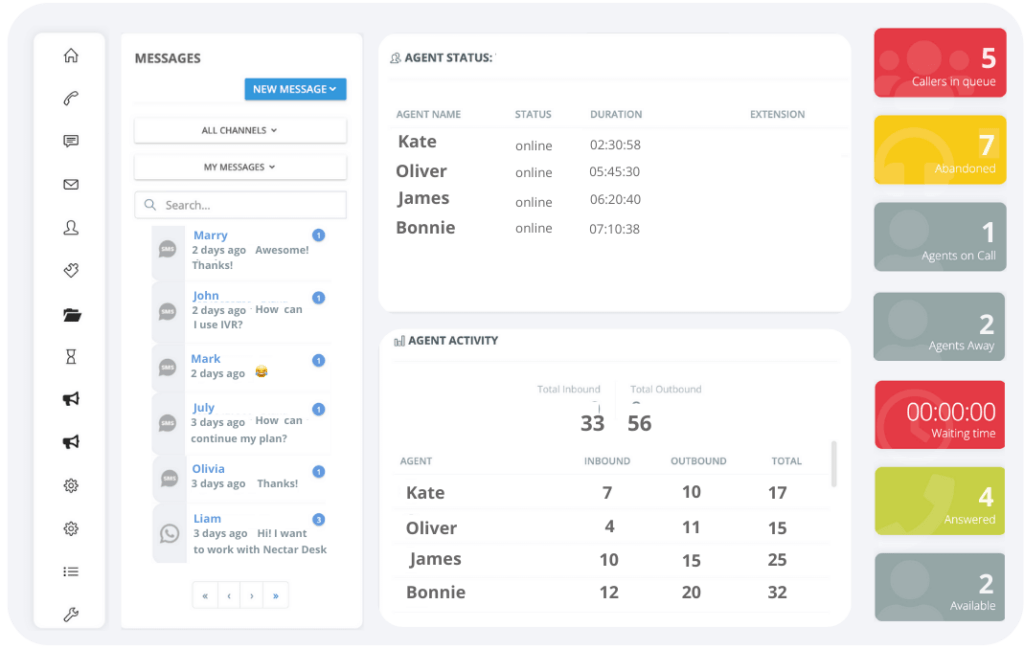API (Application Programming Interface)
- All interactions in one place
- Integrations between different platforms
- Security to specific functionalities and data

Here’s How It Works
APIs serve as the communication bridge between different software systems, allowing them to interact seamlessly. When one application makes a request, it sends a predefined set of instructions, typically in the form of an HTTP request, specifying the desired action or data. The API processes the request and returns a response, often in a standard format like JSON or XML. This response contains the requested information or indicates the success or failure of the operation. APIs can be classified into various types, including RESTful.
Include authenticating and authorizing users.
Make easy communication between software.
Utilize webhooks for real-time communication.
Provide mechanisms for handling errors.
Support automation by allowing scripts.
Integrate third-party services into a platform.
Enhance Productivity in Your Call Center with API
Leveraging API in software development is a powerful strategy to enhance productivity across various domains. It streamlines and expedites the development process by offering ready-made solutions and functionalities that developers can integrate seamlessly into their projects. Furthermore, API facilitates collaboration among development teams, enabling them to work concurrently on different components or modules. By providing a modular and interoperable framework, it empowers developers to create more sophisticated and feature-rich applications efficiently, ultimately leading to increased productivity in the software development lifecycle.
Powerful alone,
but even better with:





